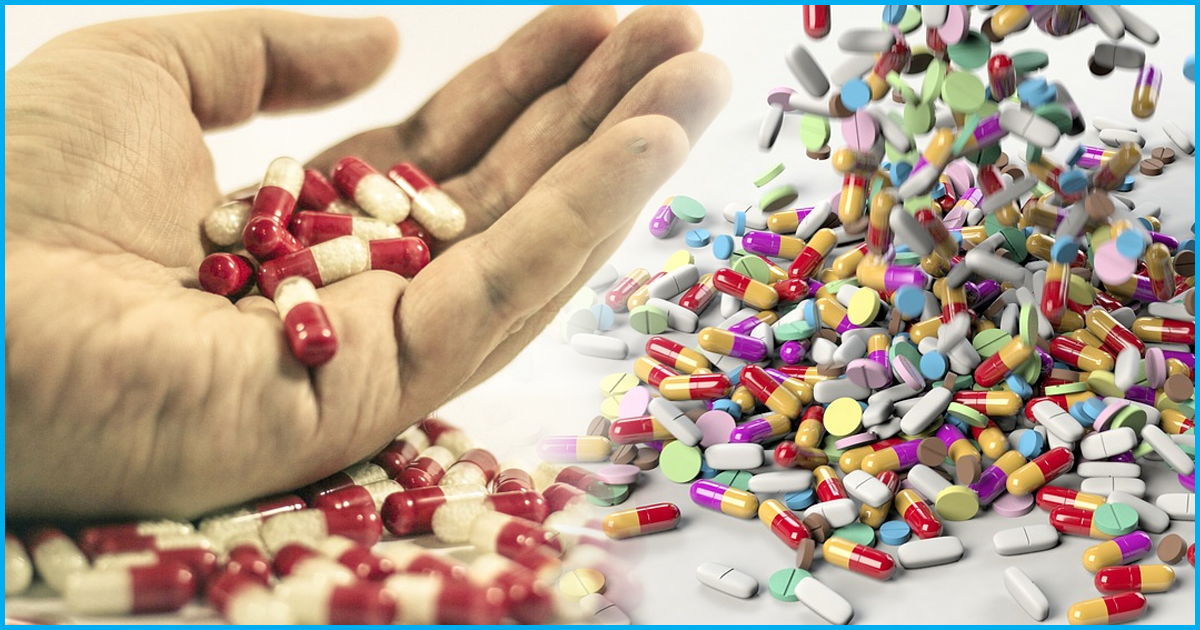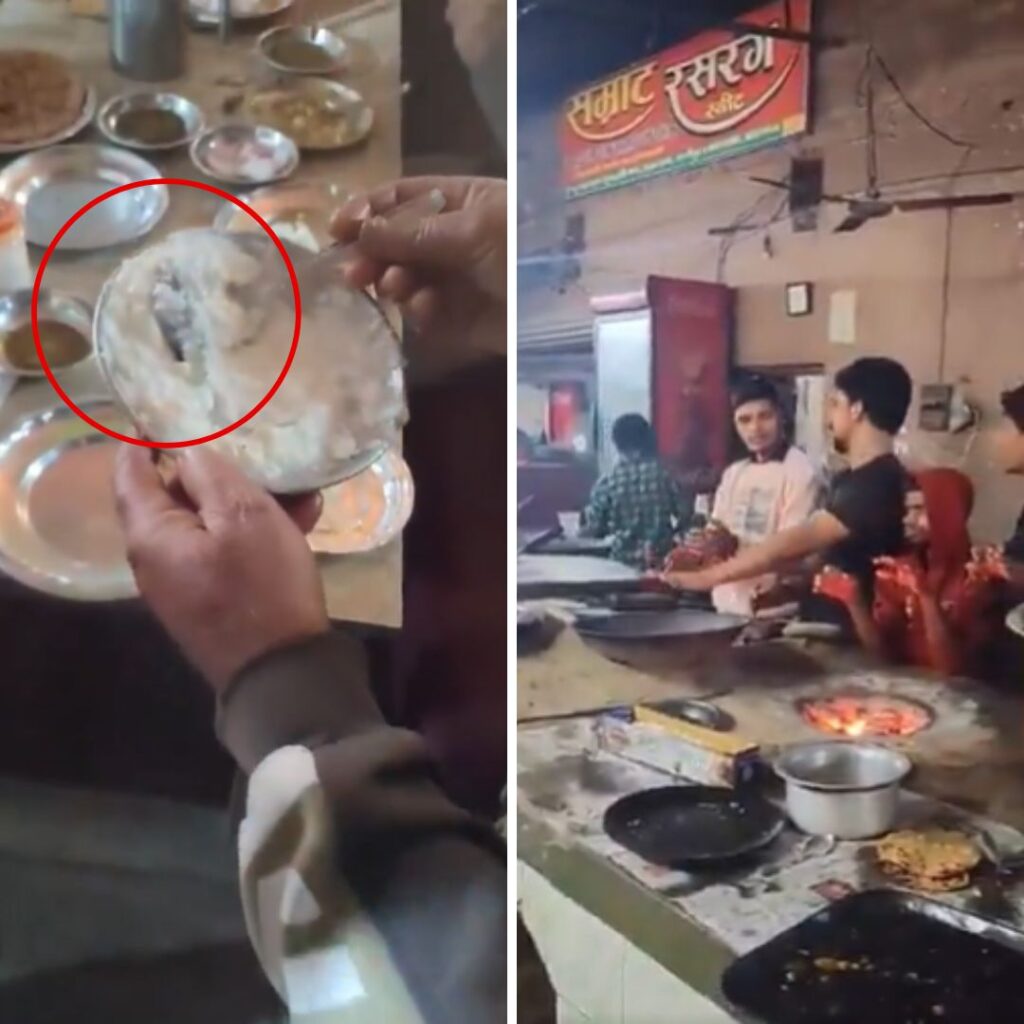Antibiotic resistance is a matter of serious concern in developing nations, including India, where the burden of infectious disease is high and healthcare spending is pitifully low, standing at merely 1.2% of the GDP. The country has one of the highest bacterial disease burdens in the world.
The rising antibiotic resistance is a serious threat to human health in India. A large number of common infections such as pneumonia, tuberculosis, gonorrhoea, and salmonellosis – are becoming difficult to treat as the antibiotics used to treat them become less effective. Babies are the worst affected in a country with a very high infant mortality rate. Drug resistance has become a dangerous menace is India. The question is, why, and most importantly, how to combat it.
What is antibiotic resistance?
Antimicrobial agents (such as antibiotics, antivirals and antimalarials) are used to treat infections caused by a variety of microorganisms (like bacteria, viruses, and some parasites). These magic bullets act specifically against the microorganisms causing no harm to the host tissues and cells. However, microorganisms develop ways to outshine these agents by developing resistance against them. Antibiotics, introduced in the 1940s are used to prevent and treat bacterial infections. Bacteria have evolved or acquired strategies to overcome the effect of antibiotics leading to the rise in the numbers of multidrug-resistant (resistant to more than two antibiotic classes), extreme drug resistant (resistant to all but one or two antibiotic classes) and pan drug-resistant (resistant to all antibiotic classes) bacterial pathogens. It was long ago when people died of untreatable bacterial infections; however, the situation today, needs urgent action to prevent the prospect of returning to a world in which common infections and minor injuries can once again kill.
How antibiotic resistance arises in the bacteria
Antibiotic resistance may be a natural property in certain types of bacteria or may arise due to genetic mutation, or by one bacteria genetically acquiring resistance from another (horizontal gene transfer). The fundamental mechanisms of bacterial resistance to antibiotics include the enzymatic degradation of antibacterial drugs, alteration of bacterial proteins that are antimicrobial targets, and changes in membrane permeability to antibiotics (either preventing entry of antibiotic inside the bacteria or expelling out the antibiotic taken in via membrane-bound efflux pumps). Bacteria also form biofilms (extracellular polysaccharide coatings around them which protect them from antimicrobial action). Susceptible bacteria may also enter into a dormant or persister stage allowing them to tolerate the effect of the antibiotic.
Causes of antibiotic resistance in India
Antibiotic-resistant bacteria circulate in populations of human beings and animals, through food, water and the environment, and transmission is influenced by trade, travel and both human and animal migration. The misuse and overuse of antibiotics are accelerating this process. Many Indian doctors prescribe antibiotics for the simplest of infections, and worse is the erratic pattern of usage by the patients. Not conforming to the doctor’s instructions to complete the course of the antibiotic – be it three, six or ten days – most of the people stop taking the medicine abruptly, the moment they feel a little better. This lack of awareness, prevalent in almost every other household in India, is a leading cause of the rampant spread of antibiotic resistance. At the same time, overuse of antibiotics can do you more harm than help.
Poor infection control strategies, inadequate sanitary conditions and inappropriate food-handling also promote the spread of antibiotic resistance.
Hospital-acquired infections caused due to the spread of antibiotic-resistant bacteria via hospital staff, linen, or medical devices are another global threat to be tackled. Antibiotic resistance thus leads to higher medical costs, prolonged hospital stays, and increased mortality rates.
Antibiotic resistance can come from our plate
Antibiotic resistance also plays a crucial role in animal husbandry. Subtherapeutic doses of antibiotics are used to promote growth or prevent infections in healthy animals (dairy cattle, poultry and swine) and in aquaculture (fish farming). This provides the ideal condition for selection of resistant bacteria and spread of resistance by horizontal gene transfer. Such meat products when consumed by us, lead to the spread of resistant bacteria in human microbiota.
Steps taken to combat antibiotic resistance
World Health Organization (WHO) has endorsed a global action plan for containment on antimicrobial resistance (AMR), including antibiotic resistance, at the World Health Assembly in May 2015. Six hospital associated pathogens namely, Enterococcus faecium, Staphylococcus aureus, Klebsiella pneumoniae, Acinetobacter baumannii, Pseudomonas aeruginosa and Enterobacter spp. (acronym – ESKAPE) are known to escape biocidal action. These are therefore listed by WHO in the critical and high priority group of pathogens against which alternate therapeutic options or newer antimicrobials are urgently needed. WHO provides technical support to help countries build up their national action plans, and strengthen their health and surveillance systems so that they can prevent and tackle antimicrobial resistance.
The Government of India has taken a series of initiatives to tackle the growing AMR. These include a National Task Force on AMR Containment constituted in 2010, the national policy on AMR containment in 2011, the National Programme on Containment of Antimicrobial Resistance under the Twelfth Five Year Plan (2012–2017). One of the six strategic objectives of National Action Plan on Antimicrobial Resistance (NAP-AMR) planned to be implemented over 2017 –2021 to tackle the challenge of AMR in India aims to promote investments for AMR activities, research and innovations in developing alternatives to antimicrobials and adjuvant remedies to manage infectious diseases.
Creating public awareness is the foremost step
Strategies to implement AMR containment by health professionals, health care industry and the agricultural sector are being implemented. However, all these policies would work only if awareness created in general public about prevention and control the spread of antibiotic resistance.
Every individual should, therefore, contribute to curbing antibiotic resistance by following some simple rules:
- Only use antibiotics when prescribed by a certified health professional. Restrict buying antibiotics over-the-counter (OTC) without a prescription.
- Never demand antibiotics if your doctor says you don’t need them.
- Always follow your doctor’s advice when using antibiotics. Never leave the antibiotic course in between
- Never share or use leftover antibiotics.
- Choose foods that have been produced without the use of antibiotics for growth promotion or disease prevention in healthy animals.
Infection prevention is a more prudent step to reduce AMR. The following steps can be taken to prevent infections:
- Follow personal hygiene- prevent infections by regularly washing hands (it is always better to wash hands with soap and water rather than using hand sanitizers), cover nose and mouth when sneezing.
- Avoid close contact with sick people, practise safer sex, and keep vaccinations up to date.
- Prepare food hygienically- keep clean, separate raw and cooked, cook thoroughly, keep food at safe temperatures, use safe water and raw materials.
(Information given is compiled from websites of World Health Organisation and National Action Plan on Antimicrobial resistance, Government of India)
Also Read: Growth Promoting Antibiotics Banned In US & Europe Continue To Be Sold In India











